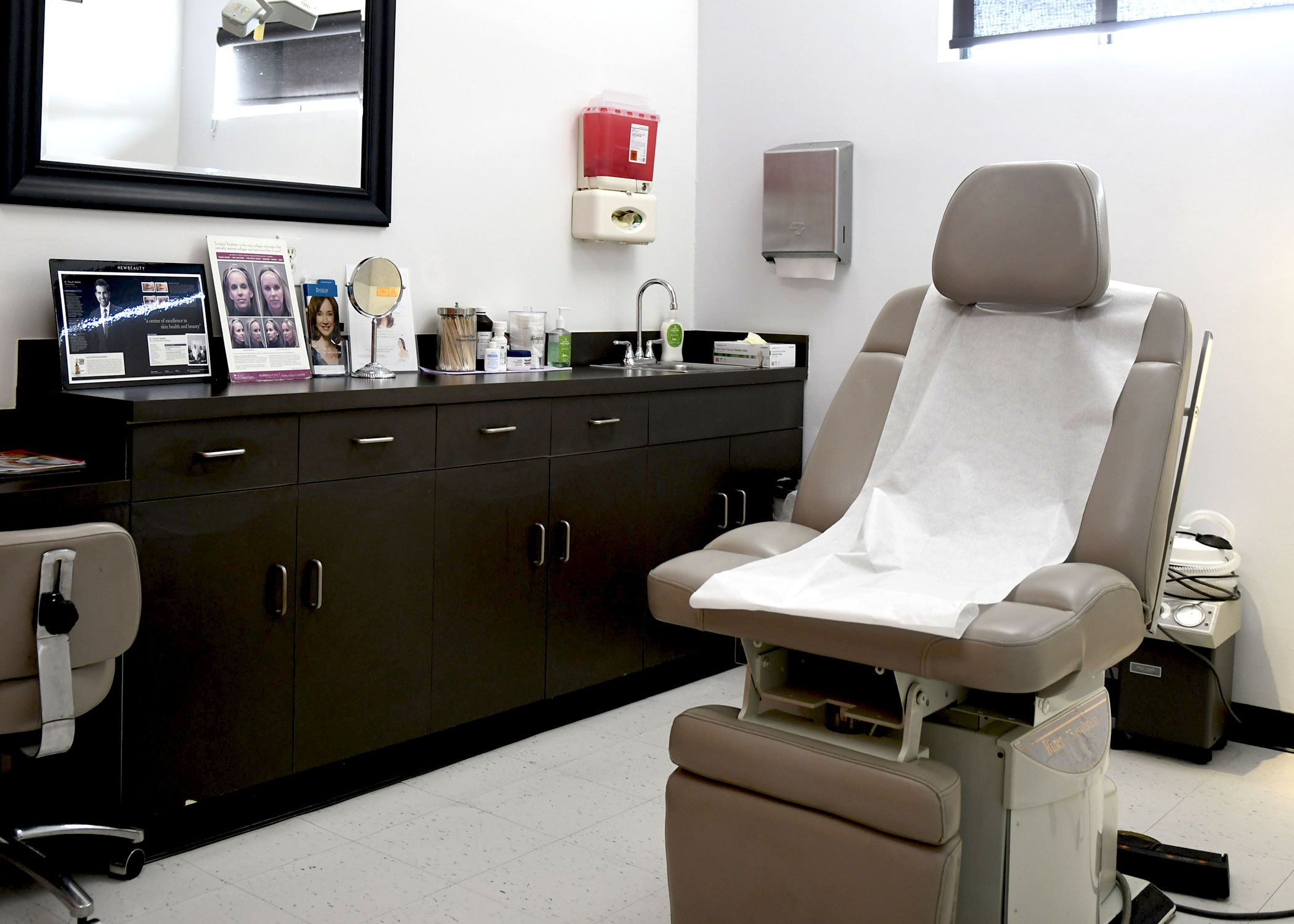The presence of gray-brown patches on the facial area may be caused by a common skin problem known as melasma. Although melasma is not a life-threatening condition, individuals who notice discolored skin patches should seek prompt medical attention as they could be a sign of more serious problems, including skin cancer.
Symptoms of Melasma
The patches of discolored skin related to melasma are most often seen on the cheeks, in the t-zone across the forehead and bridge of the nose, above the upper lip, and on the chin. Less often it may present itself on the forearms, neck, or other areas that are frequently exposed to sunlight. The presence of other physical symptoms is unlikely.
Causes of Melasma
Although the cause of melasma has not been definitively determined, it is thought to be a result of an overproduction of the skin’s color-making cells, called melanocytes. The condition is more commonly found in people belonging to ethnicities that naturally have a darker skin pigmentation. Women are affected by melasma more often than men, and pregnancy-related hormone changes are considered to be one of the most common causes of the condition. A family history of melasma or other skin problems may also result in an increased likelihood of the development of this condition.
What Triggers Melasma
Ultraviolet (UV) light from sun exposure stimulates the melanocytes and encourages melasma flare-ups. Other triggers include the use of irritating cosmetic products and changes in hormones from pregnancy, birth control pills, or hormone replacements. The prevention of melasma flare-up lies in avoiding these triggers. Affected individuals should take care to protect the skin from the sun’s harmful rays. Sunscreen should be used every day and re-applied every two hours. For extra protection, a wide-brimmed hat should be worn when spending time outdoors during daylight hours.
Diagnosis
Physical exam and professional diagnosis is necessary to differentiate the condition from other more serious skin conditions. A biopsy may be recommended to rule out the possibility of skin cancer.
Your Treatment Options at OC Skin Institute
When the condition is caused by a known trigger, it may resolve on its own once the trigger has been removed. If medical attention is needed, the first step is often the use of topical medications that work by lightening the skin cells. Hydroquinone is the most commonly used medication. It comes in a cream, gel, lotion, or liquid format and is applied directly to the affected area. It is available both over-the-counter and in prescription strength. If hydroquinone fails to resolve the issue, your dermatologist may prescribe corticosteroids or topical acids.
When topical medicines are insufficient, procedures such as chemical peels, dermabrasion, or microdermabrasion are used to remove the skin cells. These procedures should be completed only under the supervision of a qualified board-certified dermatologist like Dr. Tony Nakhla, as they can result in the development of other skin problems.


